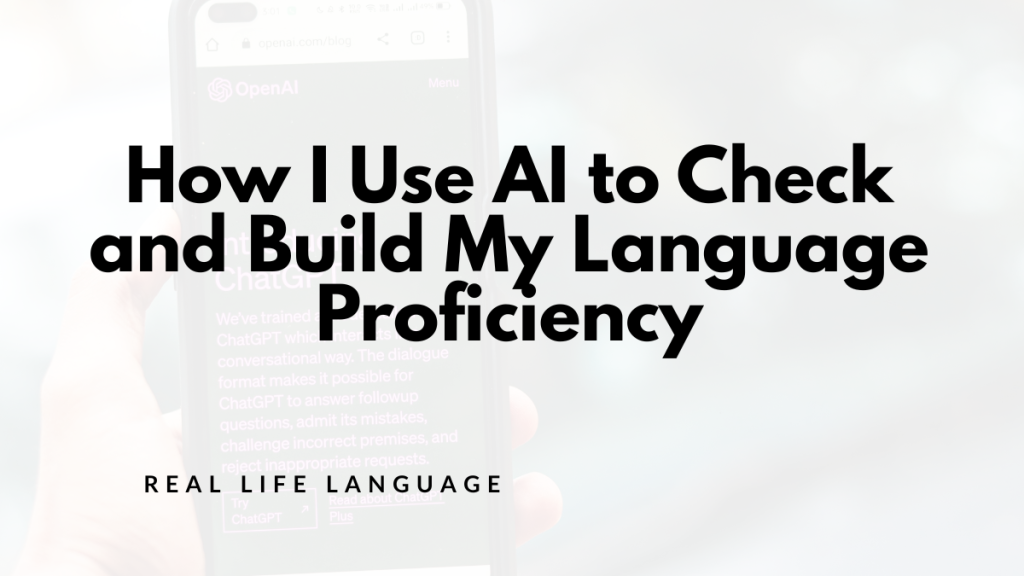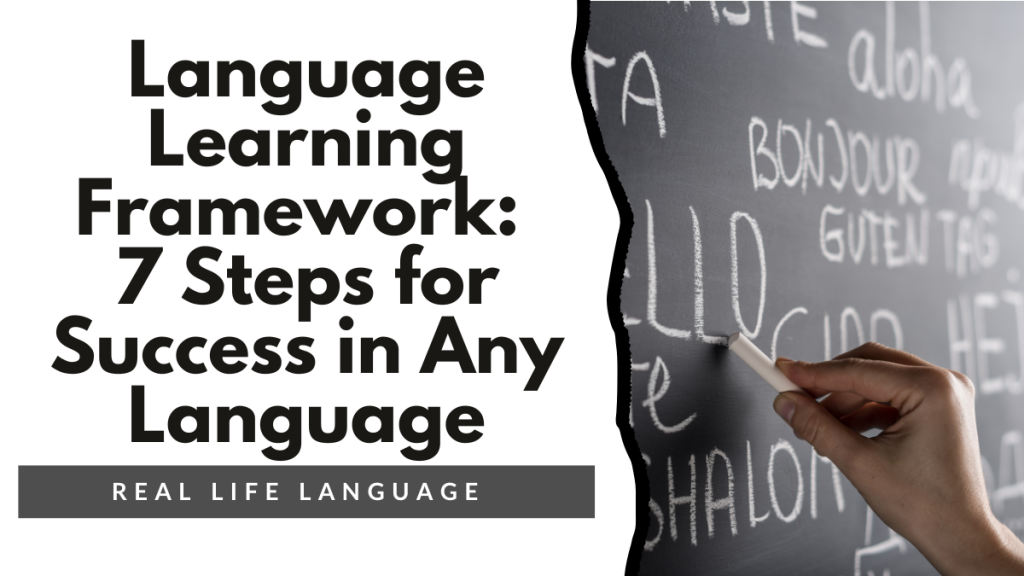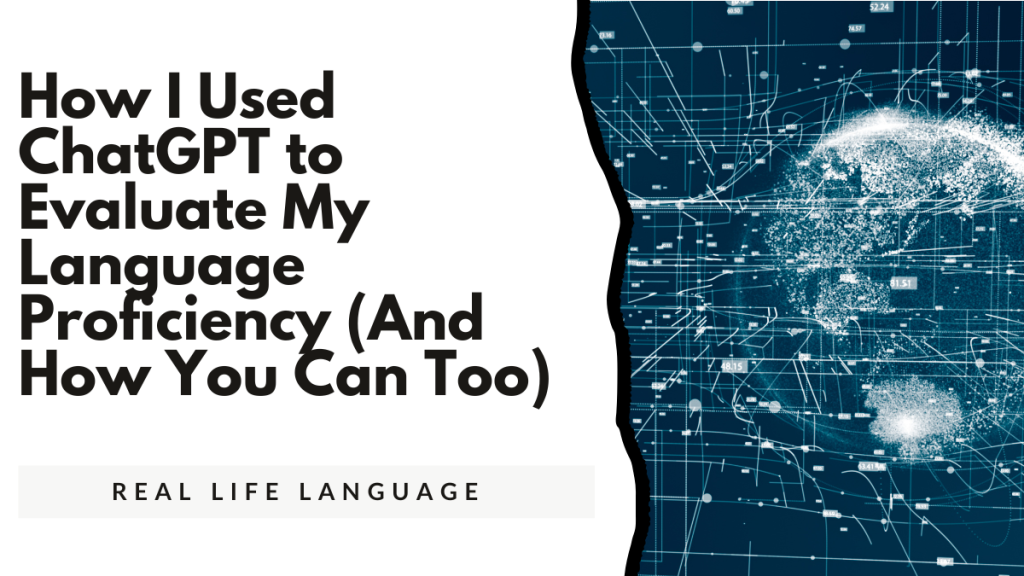
Today I want to share how I’ve been using AI—specifically ChatGPT—as both a proficiency checkpoint and a practice tool to help reach my language learning goals.
Why I Still Believe in Human Evaluation
Before we dive in, let me be clear: there’s no better measure of language proficiency than human evaluation. Personally, I’m a fan of the ACTFL Oral Proficiency Interview (OPI), administered by Language Testing International. Their trained raters give you a clear, accurate picture of your language abilities.
I first did a formal OPI early in my career to earn a qualification, and it completely changed how I thought about language learning. In fact, I learned so much from the process that I later became certified to rate a different type of proficiency test—one that was more practical for my own teaching context. That training transformed both my teaching and my own learning journey by showing me how to move intentionally from one level to the next.
AI as a Copilot in Language Learning
Now, let’s talk about AI. Whether I call it ChatGPT or Copilot, I see it as just that—a copilot, not the pilot. It helps you think, reflect, and level up, but it’s still you doing the learning.
AI has access to vast amounts of knowledge, which makes it a great tool for practice and feedback. While I’ll always trust a human evaluator more, AI is useful for checking in, tracking your progress, and working toward your goals between formal assessments.
Understanding the Proficiency Levels
Using ChatGPT, I created a checklist of what learners can typically do at each level—Novice, Intermediate, and Advanced. I included key features and sample task ideas.
Here’s a quick overview:
- Novice Mid: Beginning stage—simple words, memorized phrases.
- Novice High / Intermediate Low: Beginning to create with language; main difference is consistency.
- Intermediate Mid: Moving into paragraph-length speech.
- Intermediate High / Advanced Low: Narration in past, present, and future time frames.
- Advanced Mid/High: More abstract topics, greater accuracy and fluency.
- Superior: Nearly native-like control in a wide range of situations.
Most schools work within the Novice and Intermediate levels, with some learners advancing beyond that, especially heritage or native speakers.
How I Used AI to Self-Assess
When I was preparing for a French proficiency test, I hadn’t spoken French in a while. I wasn’t sure if I had lost my skills—but I knew they were still there somewhere. We don’t lose languages we’ve learned well; we just need to reactivate them.
So I created a quick process using AI:
- Choose a task based on my target level.
- Record myself completing the task (I used the Voice Memos app).
- Transcribe the response using an app called Cockatoo (paid, but excellent quality and supports multiple languages).
- Paste the transcript into ChatGPT and ask it to evaluate my language proficiency using the ACTFL rubric.
- Specify that the transcript is from a spoken response—this is crucial, as writing is often more polished.
ChatGPT rated my response as Intermediate High. Later, when I formally tested, I received a score of Advanced Low. That’s well within a one-level margin of error—something that even human raters allow for. In fact, I discovered through past experimentation with AP World Language samples that ChatGPT usually matches official scores or is just one level off. That’s pretty impressive for AI!
Want to Try It Yourself?
I created a language proficiency workbook that includes sample tasks at the Novice, Intermediate, and Advanced levels. It’s designed for any language and makes it easy to self-check your skills. Here’s how to use it:
- Choose a task.
- Record and transcribe your response.
- Paste it into ChatGPT and ask for a proficiency rating (and specify it’s spoken).
- Use the feedback to improve.
- Try again—and keep going until you’re confident at your current level.
5 Weeks of No and Low Prep Fun
Need quick, engaging activities for your class? This free guide includes 25 no-prep and low-prep ideas to save time while keeping students excited about learning.
Download your free copy now.

